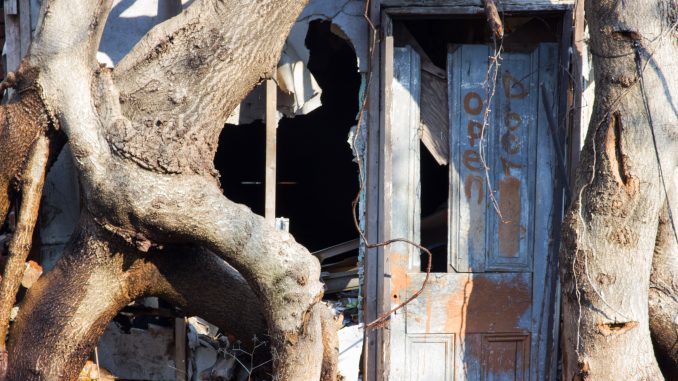
On March 5, Mayor Michael Nutter announced his budget proposal for Fiscal Year 2016, which included a $5.5 million increase toward the Department of Licenses and Inspections, $740,000 of which will be allocated to installing a new data system to document every parcel of land in the city.
One of the main purposes of the proposed system would be to keep track of all the rundown, abandoned and vacant properties throughout the city. David Bartelt, a professor emeritus in Temple’s Geography and Urban Studies department, said documenting properties throughout Philadelphia has existed since the city’s founding.
“The first property information system that existed in Philadelphia was one of the first creations during past city government under William Penn and his political colleagues,” Bartelt, who retired from Temple in 2012, said. “There was a record of every piece of property in the city of Philadelphia – who owned it, what taxes were levied on it, when it was sold and to whom it was sold.”
More than 300 years later, property vacancy has become a problem. According to PlanPhilly, a special project by WHYY’s Newsworks, there are more than 40,000 vacant properties in Philadelphia.
Bartelt said some of the areas where “information gaps” currently exist include the southern part of Brewerytown and parts of Fairmount – neighborhoods that lie southwest of Main Campus – because of a quick change in residential layout that the city has not been able to completely document.
Nutter’s proposed data system looks to combat that problem by using 360-degree views of properties that would show their condition. The light detection and ranging technology responsible for capturing those images was initially tested in Center City in 2008, reported GCN, a technology news outlet under Public Sector Media Group.
But even with LIDAR technology being implemented throughout the entire city, Bartelt said one issue would still occur – illegal sales of property.
“If someone had been a tenant for a long time, and the original property owner had moved out of town, the next conversation would consist of the [tenant] saying, ‘If you give me $500 or $1,000, you can have the house,” Bartelt said. “That was fine, but it never transferred property in the eyes of the City of Philadelphia.”
Temple does not own many properties around Main Campus, Bartelt added. He said that in the 1970s, the university signed an agreement with surrounding neighborhoods that stated that it would stay within its geographic footprint.
“There was no way they could feasibly do that,” he said of the university’s decision. “Temple does not have the deepest endowment in town, so it did not have the [University of Pennsylvania] option of buying out all the neighborhoods around it.”
If the data system were implemented, Bartelt added that various actions could be taken with the abandoned, rundown or vacant properties around Temple – depending on the overall condition of the property, it could be demolished, bought or ignored, he said.
But no matter what the outcome of Nutter’s system would be, Bartelt said the future of housing prices near Temple is certain.
“Residential property sale prices have been going up,” he said. “There wasn’t a lot of directions that the prices could move except up. A lot of vacant slots in between rowhouses are being filled, and some of the corner vacancies are being built on, so that happens.”
Ultimately, Bartelt said the new system should improve information about properties for Temple and its local neighborhoods, but could create future problems between landowners and tenants.
“I think many property owners don’t like this,” he said. “Because they see this as an opportunity for tenants or community organizers to get ahold of information about who’s owning property, and create a little mischief.”
“Organizers may see that those developers may have already developed in other parts of the city,” Bartelt added. “And they’d question whether they have enough resources to develop around Temple … and that’s not necessarily a question that developers would want to answer.”
Steve Bohnel can be reached at steven.bohnel@temple.edu, 215.204.7419 or on Twitter @Steve_Bohnel.



Be the first to comment